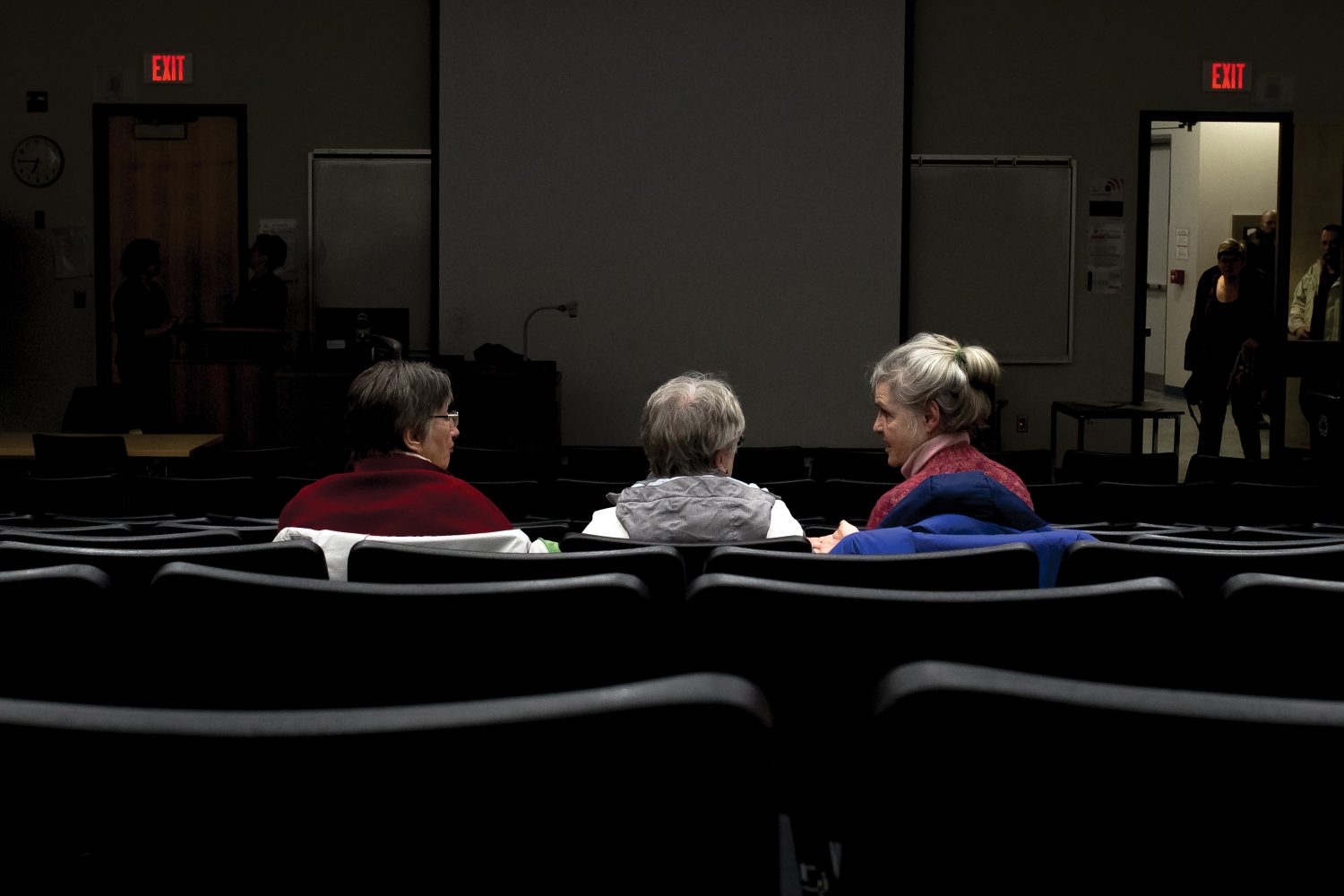Laurier Film Series continues to push forward much needed conversation

Last Thursday saw the return of the Laurier Film series ongoing examination of Indigenous cinema with the documentary of Southern Alberta’s hidden Blackfoot history with Chris Tsiung’s Elder in the Making.
In past years, the themes of the film series have been notable for their enjoyable diversity, ranging from topics such as world animation to contemporary queer cinema to memory on film. But “Tracking Shots,” which, with this screening entered into its third year of syndication, has been the only theme to be revisited on multiple occasions. According to Jenny Kerber, assistant professor of English and host of this screening, this is by design.
“We aim to introduce the campus community and beyond to the vibrant cinematic scene by and about Indigenous people across all corners of Canada,” she said when asked about the purpose of having this theme revisited numerous times.
Using the film series then as a spotlight, films such as Elder in the Making get a chance to reach a wider audience and have their messages of struggle in their contribution to the arts understood.
The first bit of entertainment for the night was part history lesson and part road movie, where the final destination hopes to be self-discovery.
Elder in the Making tracks director Chris Hsiung and Blackfoot speaker and filmmaker Cowboy Smithx as they journey across Southern Alberta to seek out and define their heritage.
As stated, however, the real story of the film becomes the underrepresented history of the Blackfoot people and works extensively to show the audience how intrinsic this history is to the land of Alberta.
In this regard, the film can be quite confrontational despite the charismatic personalities guiding its journey.
While a celebration of what culture can still be found across the prairies, the film also acts as a lament for what was lost in the first place; what was buried by colonizers and what has only now started to become visible again.
Again, this is why the film series’ dedication to promoting and disseminating these works by or about Indigenous people is of a paramount concern.
“We want to show how these underseen films and filmmakers are trying to take up timely issues and draw attention to,” Kerber said.
And the series does just that for those curious enough to attend.
From this all-too-real journey of self and one’s place in their own hard-to-recognize heritage, the series will continue on with a buddy drama about a stolen heater (Heater), an exploration of hydraulic fracking on Dene land (Fractured Land), a contemporary perception of seal hunting (Angry Inuk) and an expose of Canada’s hidden history of racial segregation (The Pass System).
This wide range of films from different perspectives, provinces, tribes, genres and subjects does exactly what the theme of this series aims for.
“As long as we have a mix of content for mass appeal, this series will continue as long as we hope,” Kerber said.


